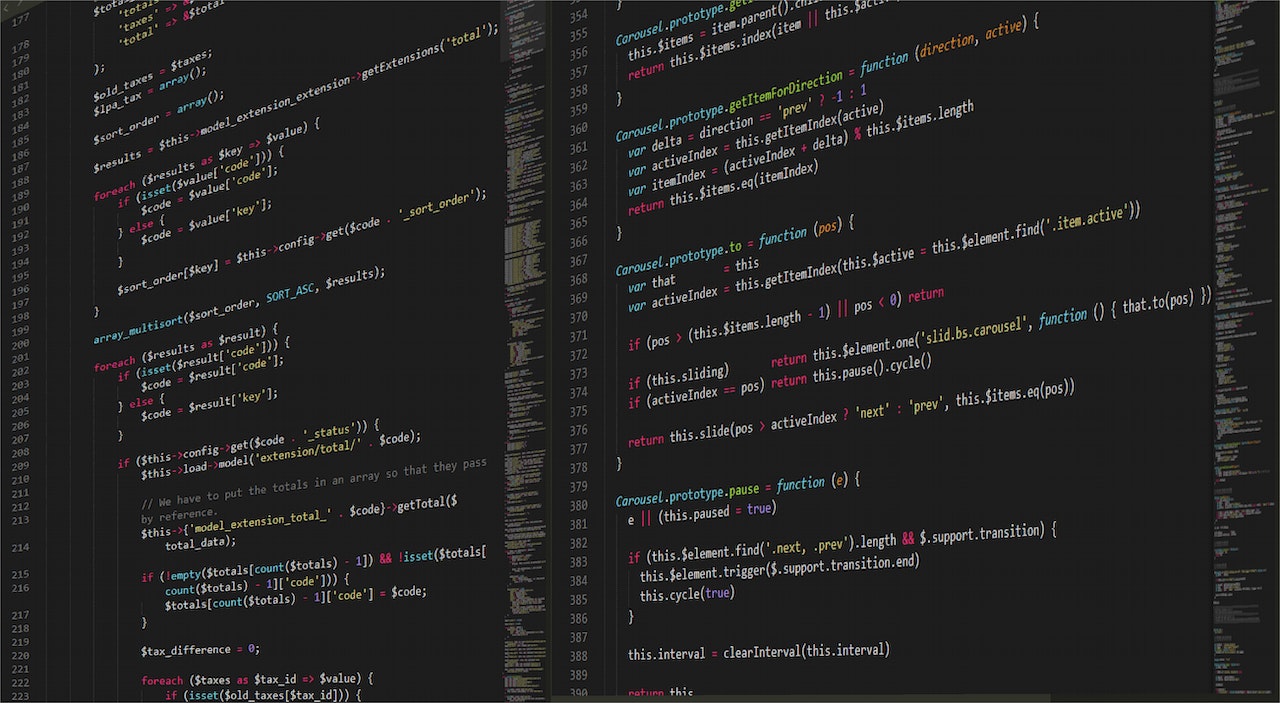As businesses across industries continue to evolve and adopt new technologies, AR remote support is quickly becoming an essential tool for providing exceptional customer service and technical assistance. Augmented Reality (AR) has transformed the way we interact with the digital world, and its impact on remote support has been nothing short of revolutionary.
AR remote support: how it works
AR remote support uses a combination of augmented reality technology and video conferencing to enable real-time, interactive collaboration between support technicians and customers. With AR, technicians can virtually overlay digital content onto the user’s physical environment, guiding them step-by-step through complex troubleshooting, maintenance, or installation tasks. At Nsflow, we create solutions with the industry in mind, to comprehensively support frontline workers with AR.
Benefits of AR remote support for businesses
- Reduced downtime and increased efficiency: By providing immediate, expert assistance, AR remote support helps minimize downtime and allows businesses to resolve issues faster. This increased efficiency results in higher productivity and reduced costs.
- Enhanced customer satisfaction: The ability to quickly and accurately address customer concerns leads to an overall improvement in customer satisfaction, fostering loyalty and encouraging repeat business.
- Scalability and accessibility: AR remote support is easily scalable to accommodate the needs of businesses of all sizes. The technology can be accessed from anywhere, making it an ideal solution for companies with a global presence or remote workforce.
- Improved knowledge transfer: AR remote support allows technicians to share their expertise with customers in real-time, leading to a more effective transfer of knowledge and skills.
Key features of AR remote support solutions
A comprehensive AR remote support solution should include the following features:
- Real-Time video and audio: high-quality video and audio capabilities are essential for effective communication between technicians and customers.
- 3D annotations: the ability to draw and place 3D annotations directly onto the customer’s environment allows technicians to provide clear, detailed guidance.
- File sharing and collaboration: technicians should be able to easily share files, such as manuals, schematics, or diagrams, and collaborate with customers in real-time.
- Session recording: the option to record support sessions enables businesses to review and analyze interactions for quality assurance, training, and improvement purposes.
- Integration with existing systems: AR remote support solutions should be compatible with a company’s existing software and hardware infrastructure to ensure seamless implementation and adoption.
Best practices for implementing AR Remote Support
- Identify use cases: determine the specific scenarios in which AR remote support can be most beneficial to your business, such as technical troubleshooting, product demonstrations, or training sessions.
- Choose the right solution: evaluate different AR remote support solutions to find one that meets your business’s unique needs and requirements.
- Train your staff: provide comprehensive training to ensure your support technicians are proficient in using the AR remote support technology.
- Monitor and measure success: regularly track key performance indicators (KPIs) related to AR remote support, such as customer satisfaction ratings, resolution times, and technician efficiency.
The future of AR Remote Support
As AR technology continues to advance, we can expect further improvements in the capabilities and functionality of AR remote support solutions. The integration of artificial intelligence (AI) and machine learning will likely lead to more sophisticated diagnostic tools, while advancements in AR hardware and wearables will enhance the overall user experience.







